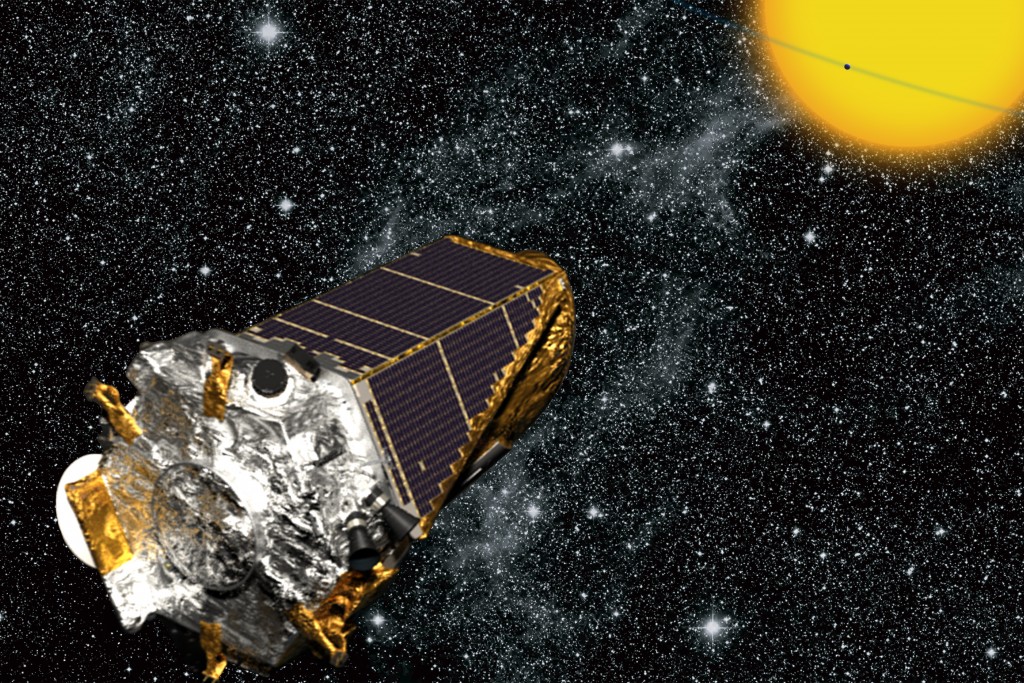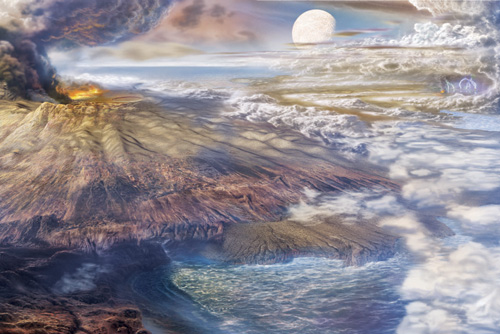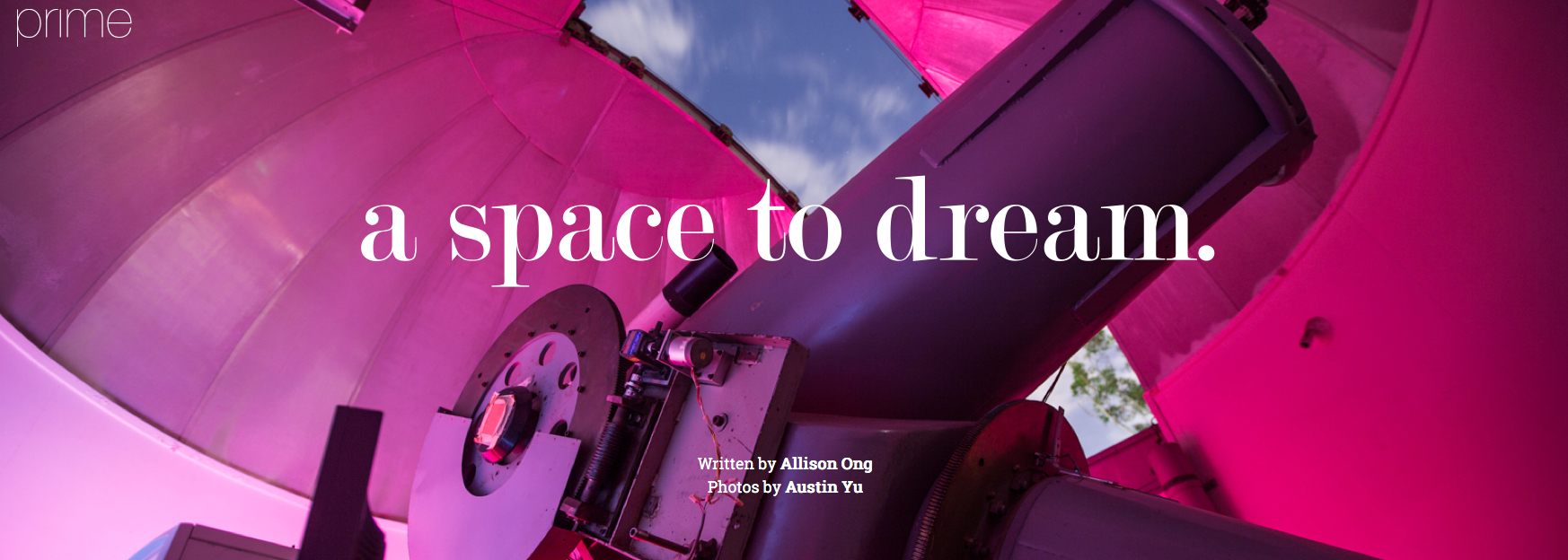Vast resources have been dedicated to characterizing the handful of planets with radii between Earth’s and Neptune’s that are accessible to current telescopes. Observations of their transmission spectra have been inconclusive and do not constrain the atmospheric composition. Of the small planets studied to date, all have radii in the near-IR consistent with being constant in wavelength, likely showing that these small planets are consistently enshrouded in thick hazes and clouds. I will explore the types of clouds and hazes that can completely obscure transmission spectra. I will then show the effect that these thick clouds have on the thermal emission and reflected light spectra of small exoplanets. I present a path forward for understanding this class of small planets: by understanding the thermal emission and reflectivity of small planets, we can potentially break the degeneracies and better constrain the atmospheric compositions.
March 4th, 2016: Ensemble Physical Properties of Comets
With the advent of powerful space-based infrared telescope facilities,
we are seeing a surge in the number of cometary nuclei whose thermal
emissions are being measured. This work has the potential to provide
insight into the ensemble structural and thermophysical properties
of comets and, ultimately, the circumstances of their formation and
evolution. Moreover, these studies are now happening while the
Rosetta spacecraft continues its detailed and lengthy study of comet
67P, giving us excellent context with which to try to understand
the wealth of remote observations of other comets. This is important
since for the forseeable future there will always be far more comets
observed remotely than in-situ, and we must understand what such
data are telling us about nuclei and near-nucleus comae so that we
are not fooled into misinterpretation. I will review some recent,
key results on cometary physical properties and on what we might
think of as a “typical” comet. I will also discuss some unanswered
questions that should be addressed in the future, and what the
observational limitations and opportunities are with regard to them.
UCLA Astronomer Gives TED Talk
UC President’s Postdoctoral Program Fellow Dr. Aomawa Shields was awarded a TED Fellowship, which included giving a TED talk about how she searches for clues that life might exist elsewhere in the universe by examining the atmospheres of distant exoplanets. The classically trained actress-turned-astronomer also discusses her passion for engaging young women in the sciences through theater and art.
UCLA scientists attend the 47th annual American Astronomical Society’s Division of Planetary Science meeting
 Direct from the 2015 Division for Planetary Sciences (DPS) Meeting in National Harbor, Maryland, pictured is a small fraction of UCLA’s EPSS students and researchers from the Jewitt and Margot Research Groups; (left to right) Man-To Hui, Ariel Graykowski, Danielle Hastings, Ashok Verma, Dave Milewski, Oliver Bowman, and Adam Greenberg, with 3 posters and 2 talks:
Direct from the 2015 Division for Planetary Sciences (DPS) Meeting in National Harbor, Maryland, pictured is a small fraction of UCLA’s EPSS students and researchers from the Jewitt and Margot Research Groups; (left to right) Man-To Hui, Ariel Graykowski, Danielle Hastings, Ashok Verma, Dave Milewski, Oliver Bowman, and Adam Greenberg, with 3 posters and 2 talks:
–107.05. Mercury’s gravity field, tidal Love number k2, and spin axis orientation revealed with MESSENGER radio tracking data
–307.04. Improved Algorithms for Radar-Based Reconstruction of Asteroid Spin States and Shapes
–308.20. A systematic search for undiscovered companions to near-Earth asteroids in radar images
–415.18. Gone in a Blaze of Glory: the Demise of Comet C/2015 D1 (SOHO)
–508.10. The Surprisingly Short Rotation Period of Hi’iaka, Haumea’s Largest Satellite
A warm congratulations to the UCLA planetary scientists who participated in the conference!
Full abstracts can be found here:
http://files.aas.org/dps47/DPS%2047%202015%20DC%20abstracts%20v6.pdf
iPLEX and space scientists featured in UCLA’s Prime Magazine
The Institute for Planets and Exoplanets (iPLEX) is currently featured in UCLA’s Prime Magazine. The article, written by UCLA student Allison Ong recaps the efforts of the institute and individuals to promote planetary and space science at UCLA and within the broader community over the past four years, from hosting conferences to building a public outreach program.
The article is available at newsstands on the UCLA Campus and online here:
UCLA Earth, Planetary, and Space Sciences Distinguished Alumni Lecture
 From the Sun to the Edge of the Solar System
From the Sun to the Edge of the Solar System
Dr. David J. McComas, ’86
Assistant Vice President, Space Science & Engineering, Southwest Research Institute
Professor of Physics, University of Texas San Antonio
Prevalence and Properties of Planets: Discoveries from Kepler and K2
 As we mark the twentieth anniversary of the discovery of the first planet orbiting another Sun-like star, the study of extrasolar planets is maturing beyond individual discoveries to detailed characterization of the planet population as a whole. No mission has played more of a role in this paradigm shift than NASA’s Kepler mission. Discoveries from the prime Kepler mission demonstrated that small planets (< 3 Earth-radii) are common outcomes of planet formation around G, K, and M stars. While Kepler detected many such planets, all but a handful orbit faint, distant stars, which are not amenable to precise follow up measurements. NASA’s K2 mission has the potential to increase the number of known small, transiting planets around bright stars by an order of magnitude. I will present the latest results from my team’s efforts to detect, confirm, and characterize planets using the K2 mission.
As we mark the twentieth anniversary of the discovery of the first planet orbiting another Sun-like star, the study of extrasolar planets is maturing beyond individual discoveries to detailed characterization of the planet population as a whole. No mission has played more of a role in this paradigm shift than NASA’s Kepler mission. Discoveries from the prime Kepler mission demonstrated that small planets (< 3 Earth-radii) are common outcomes of planet formation around G, K, and M stars. While Kepler detected many such planets, all but a handful orbit faint, distant stars, which are not amenable to precise follow up measurements. NASA’s K2 mission has the potential to increase the number of known small, transiting planets around bright stars by an order of magnitude. I will present the latest results from my team’s efforts to detect, confirm, and characterize planets using the K2 mission.
October 23, 2015: Future opportunities for Planetary Sciences studies with the Thirty-Meter-Telescope International Observatory
 I’ll present a brief overview of the Thirty-Meter-Telescope project, whose construction on top of Mauna Kea is scheduled to take about eight years, with first-light currently planned for the horizon 2023/24, and start of science operations soon after. I’ll review the expected observing performances of the facility and its first-light instruments, which will combine imaging and spectroscopic capabilities, along with powerful adaptive-optics corrected wavefronts and the use of a laser-guide-star facility in some cases. TMT will enable ground-based exploration of our solar system – and planetary systems at large – at a dramatically enhanced sensitivity and spatial resolution across the visible and near-/thermal- infrared regimes (e.g. ~7km spatial resolution at a wavelength of 1micron on main-belt asteroids, 20km on Galilean satellites, 40km on Titan, etc). TIO operations will meet a wide range of observing needs and the implementation of science programs will take into account the stringent observing time constraints often encountered for observations of our solar system such as, for instance, the scheduling of target-of-oportunity observations, the implementation of short observing runs, or the support of long-term “key-science” programmes.
I’ll present a brief overview of the Thirty-Meter-Telescope project, whose construction on top of Mauna Kea is scheduled to take about eight years, with first-light currently planned for the horizon 2023/24, and start of science operations soon after. I’ll review the expected observing performances of the facility and its first-light instruments, which will combine imaging and spectroscopic capabilities, along with powerful adaptive-optics corrected wavefronts and the use of a laser-guide-star facility in some cases. TMT will enable ground-based exploration of our solar system – and planetary systems at large – at a dramatically enhanced sensitivity and spatial resolution across the visible and near-/thermal- infrared regimes (e.g. ~7km spatial resolution at a wavelength of 1micron on main-belt asteroids, 20km on Galilean satellites, 40km on Titan, etc). TIO operations will meet a wide range of observing needs and the implementation of science programs will take into account the stringent observing time constraints often encountered for observations of our solar system such as, for instance, the scheduling of target-of-oportunity observations, the implementation of short observing runs, or the support of long-term “key-science” programmes.
UCLA scientists reset the clock on the beginning of life on Earth

UCLA geochemist Beth Ann Bell and her colleagues have dug deep into the annals of Earth’s history and turned up the result that life may have begun much earlier than previously thought. In the study, recently published in the Proceedings of the National Academy of Sciences, they examined microscopic graphite inside tiny, ancient zircon grains from the Jack Hills in Western Australia. The graphite samples, which are made of carbon, contain information about the chemistry of the planet during the time they were formed. This chemistry, in turn, can help scientists decipher if biologic processes were at work. Although there are several processes that can form graphite, Bell and her colleagues favor the possibility that their sample formed as organic matter and was slowly incorporated into Earth’s geology through plate tectonics.
Their results suggest that life began 4.1 billion years ago, more than 300 million years earlier than previously thought. The research also suggests that early Earth was a much more hospitable environment than the typical hot, lifeless, and sterile planet that is imagined for that time period. To read more about the study, check out the UCLA Newsroom press release and Science News.
October 16th, 2015: The Effects of Magma on the Dynamics of Io’s Interior
Most planets in the solar system lose their internal heat through convection beneath a stagnant lid. However on Io, tidal heating is so intense that its mantle is partially molten. This magma migrates through Io’s mantle and erupts onto its surface. This is thought to be the main mechanism through which heat is removed from Io’s interior. Previous studies have only considered either solid-state mantle convection or magma migration, but magma generation and migration is not independent from mantle convection. Thus understanding the structure of Io’s mantle and how it loses its internal heat requires considering both mantle convection and magma migration. We use the mantle convection code StagYY, which includes the generation, segregation, and eruption of magma, to conduct two-dimensional numerical simulations of mantle convection in Io’s mantle. This allows us to constrain the distribution of melting in Io’s mantle and test the hypothesis that heat loss through volcanic eruptions dominates over heat loss through stagnant lid convection.



